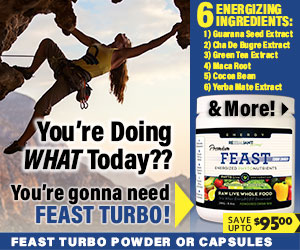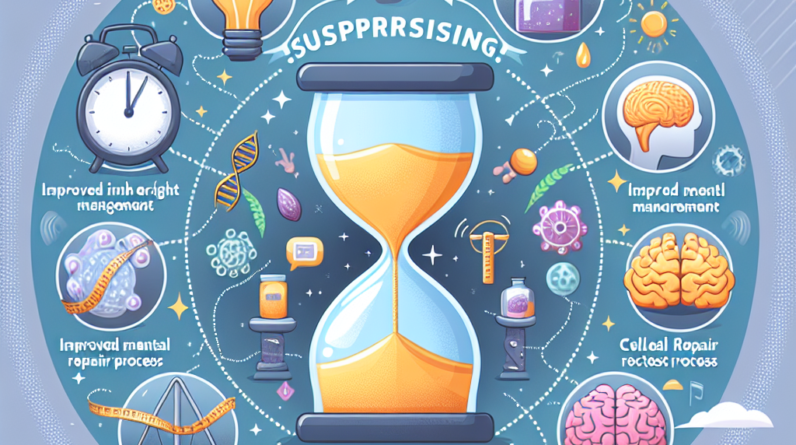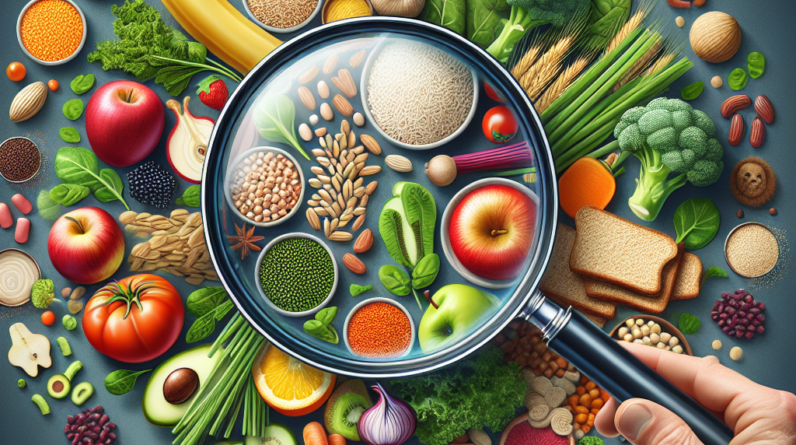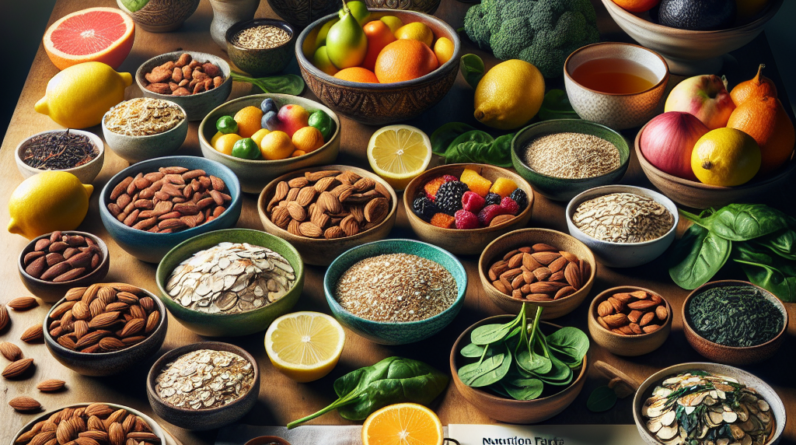
Reading Nutrition Facts
Breaking Down the Sections
Alright, let’s dive into the Nutrition Facts label! This thing is like a treasure map to help us make better food choices. It usually starts with the serving size. That’s key, folks—make sure you check how much they’re talking about because those portion sizes can be a bit deceiving.
Get a Huge Discount and Bonus! Try for 90 Days Risk Free
After the serving size, you’ll see calories. I remember when I first started paying attention to this, it blew my mind how quickly those add up! Keep an eye out for how many servings are in the package because if you eat the whole bag of chips—who hasn’t?—you’ll need to do some math.
Then comes the breakdown of nutrients. This is super important. Look for the nutrients you want more of, like fiber and protein, and those you want to limit, like sugar and saturated fats. It’s all about balance, right? Getting the hang of this can really help you on your health journey.
Ingredient Lists
What to Look For
Next up, let’s chat about the ingredient list. This is like reading a behind-the-scenes script of what’s really going into your food. Ingredients are listed in order by weight, which means the first few are the heavy hitters. If sugar is at the top, you might wanna reconsider that choice.
Look out for those sneaky additives and preservatives. I’ve noticed that if I can’t pronounce an ingredient, chances are I don’t want to eat it. I try to stick to simpler ingredients; more wholesome stuff usually means healthier choices!
Also, watch for allergens, especially if you’ve got any food sensitivities. If you’re allergic to nuts, and they’re lurking in the ingredient list, you definitely don’t want to skip that part. Always better to be safe than sorry!
Daily Values
Understanding Percent Daily Value
Okay, now here’s one that can be a little confusing—the Percent Daily Value (%DV) on the label. It’s there to help you gauge how a food fits into your overall daily diet. If something says it’s got 20% DV for calcium, that means it covers 20% of what you should aim for in a day.
Remember, these values are based on a 2,000-calorie diet, which may not fit everyone. So if you’re munching on something, it’s good to adjust based on your own dietary needs. If you’re active, you might need more or less than that!
I like to use the %DV as my quick check—if it’s 5% or less, that means it’s low in that nutrient. On the flip side, 20% or more is high. This little trick lets me make choices on the fly while I’m grocery shopping.
Get a Huge Discount and Bonus! Try for 90 Days Risk Free
Health Claims
Deciphering Marketing Lingo
Let’s talk health claims on food packaging. Ever heard of “low-fat” or “heart-healthy”? These terms can sometimes feel like marketing buzzwords. It’s crucial to know what they actually mean. For example, “low-fat” doesn’t always mean low-calorie; sometimes they pack in sugar to make up for the taste!
Good Health Solution is Easier Than Most People Think!
Take a Look for Yourself!
Understand that just because a product has a health claim doesn’t make it a health food. I still check the label to see what’s really in there. A snack bar might brag about being “natural” but could still have a bunch of added sugars.
Need a Serious Energy BOOST? Huge Discount Try for 90 Days Risk Free
Your best bet is to be skeptical and do your homework. Ask yourself: Does this really fit my nutritional goals? A little informed skepticism can go a long way in making better choices.
Common Misconceptions
Clearing Up the Confusion
Finally, let’s clear up some common misconceptions about food labels. A lot of people think “organic” means healthy, but trust me, it doesn’t always mean lower calories or sugar content. I still read the labels thoroughly, even with organic products.
Another myth is that “sugar-free” means a product is healthy. Many sugar-free products are loaded with other questionable ingredients. Just because it’s sugar-free doesn’t mean it’s guilt-free, ya know?
It’s so easy to get tripped up by flashy packaging. At the end of the day, it’s about being informed and making choices that align with your health goals. Never underestimate the power of a little knowledge when it comes to navigating the grocery store aisles!
FAQs
1. What should I pay attention to first on a food label?
The first thing I recommend checking is the serving size. This sets the tone for everything else on the label, including how many calories and nutrients you’re actually getting.
2. Are all health claims on food packaging reliable?
Not necessarily! Always dive deeper. Just because it’s labeled “low-fat” or “natural” doesn’t mean it’s the healthiest choice. Read the ingredients and the Nutrition Facts!
3. What does %DV mean?
%DV stands for Percent Daily Value. It helps you understand how much a nutrient in a serving of food contributes to your daily diet, based on a 2,000-calorie intake.
4. How can I tell if a food is healthy?
Look for foods that have whole ingredients, fewer added sugars, and a good balance of nutrients. Checking both the Nutrition Facts and the ingredient list will guide you to healthier options.
5. What’s the easiest way to decode a food label?
The easiest way is to start with the serving size, check for any scary-sounding ingredients, and look at the %DV for nutrients. If you can get this down, you’re already ahead of the game!







